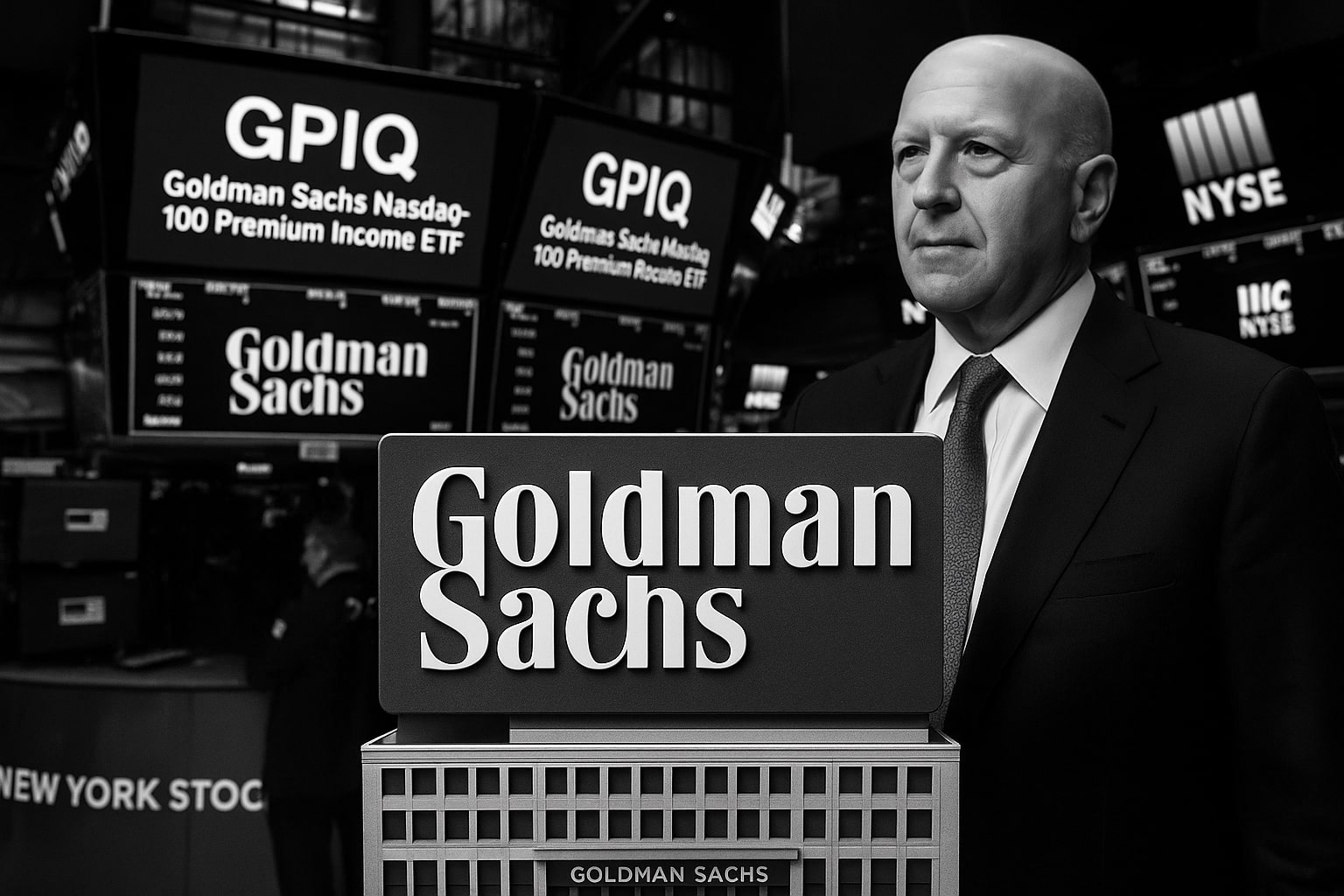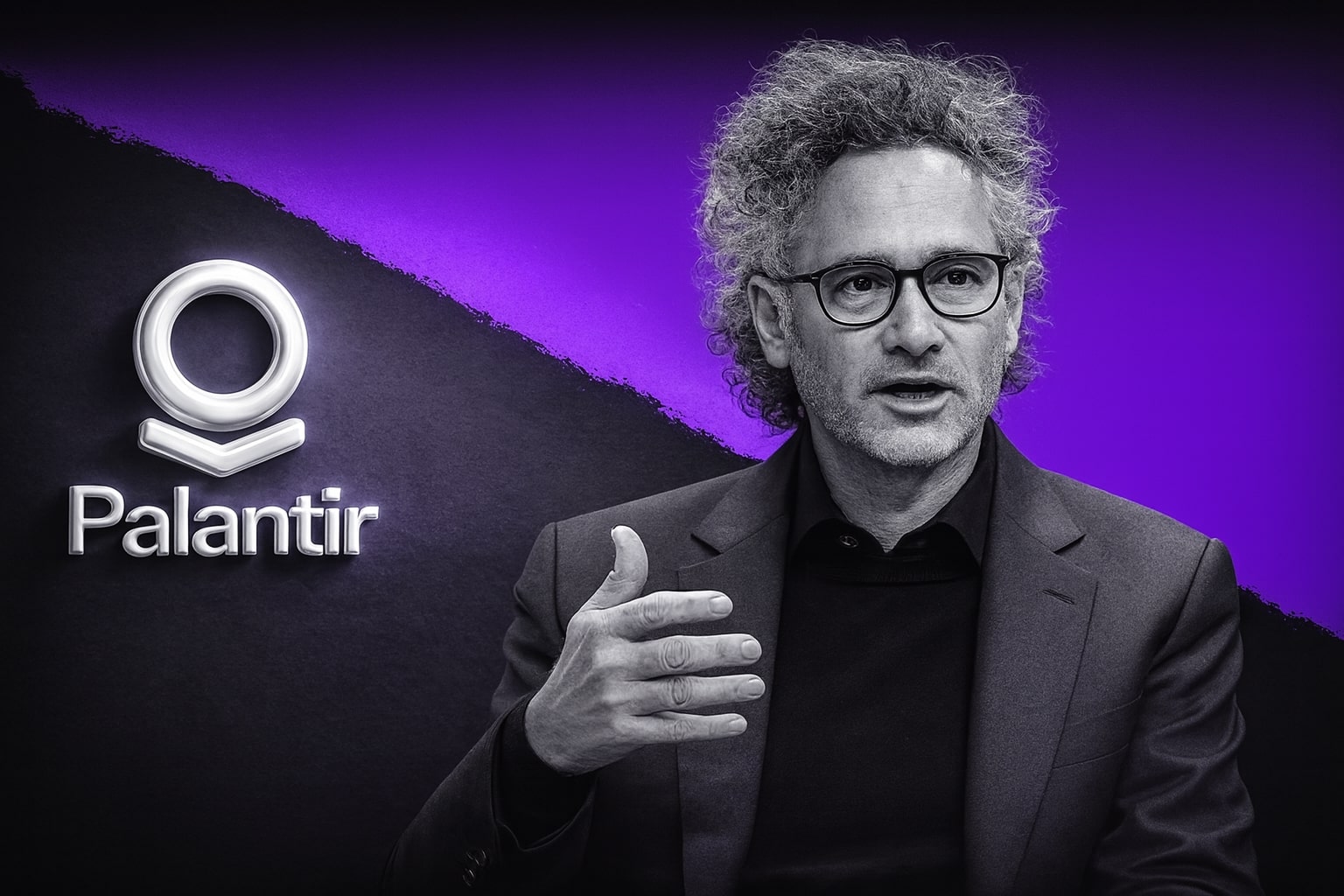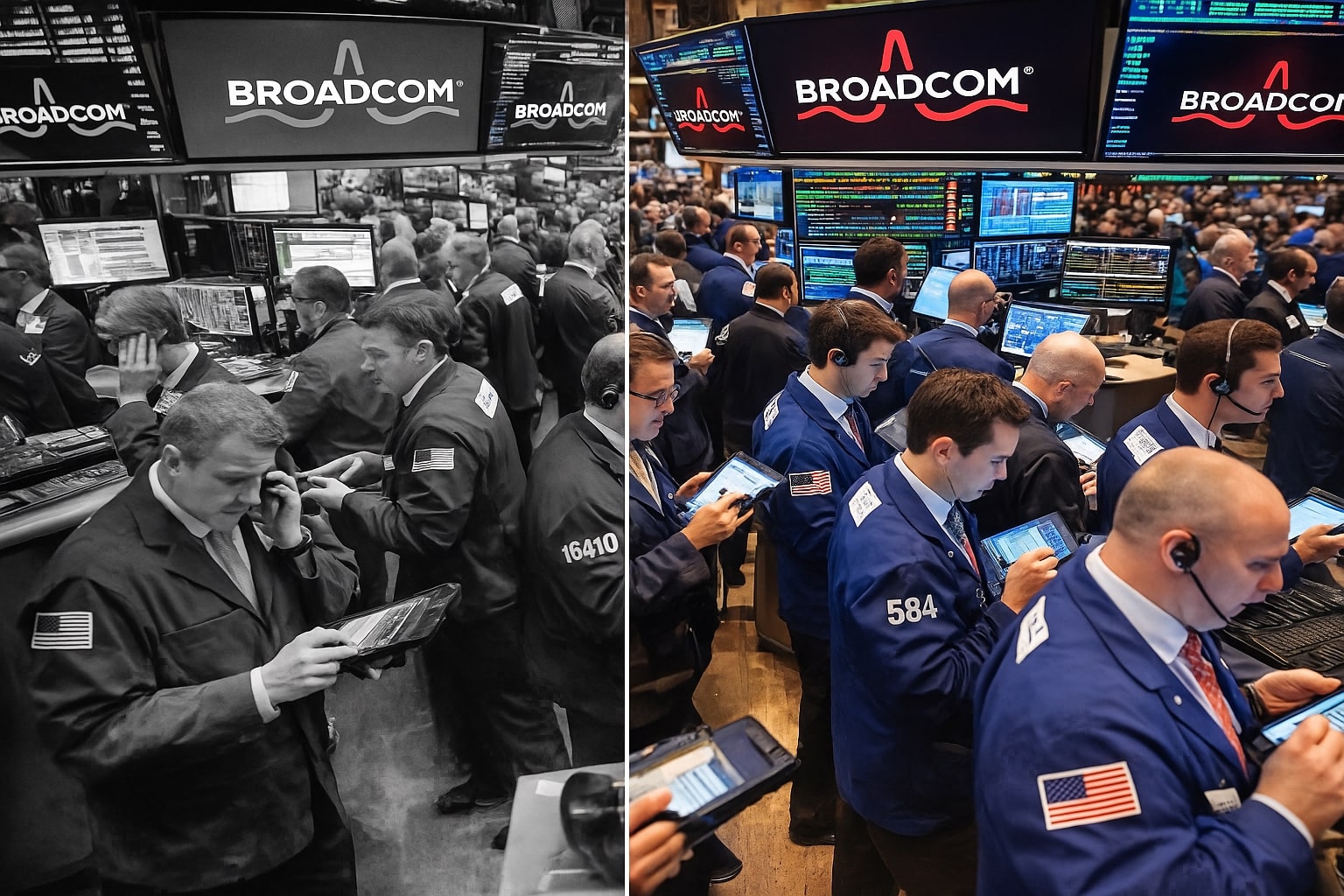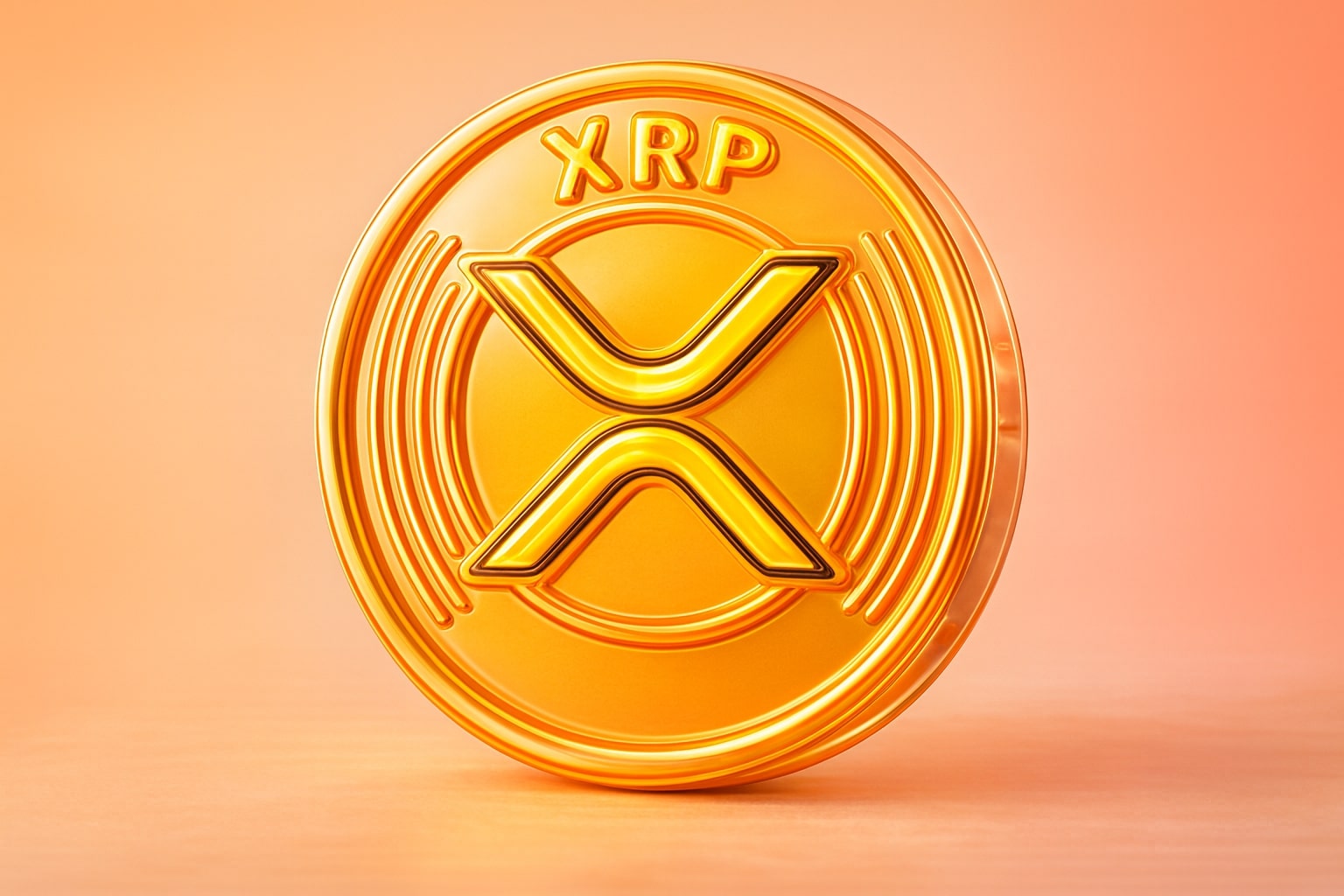
GPIQ ETF Rises on 10% Yield and AI Boom as Investors Brace for Tech Volatility
Goldman Sachs’ covered call fund hits near-record highs, powered by NVIDIA and Microsoft, while analysts warn of short-term risks as Nasdaq valuations peak | That's TradingNEWS
Goldman Sachs GPIQ ETF: A 10% Yield Play Built on AI Power and Volatility Resilience
The Goldman Sachs Nasdaq-100 Premium Income ETF (NASDAQ:GPIQ) has rapidly become one of the most closely watched funds on Wall Street. With its mix of high yield, low fees, and exposure to AI-driven tech leaders, the ETF has struck a balance between growth and defense that’s proving increasingly relevant as markets navigate record valuations and rising uncertainty.
Since launching in late 2023, GPIQ has delivered a total return of roughly 21% over the past year, outperforming many of its income ETF peers. The fund’s 9.7% yield and 0.29% expense ratio — among the lowest in the covered call category — have made it a popular choice for investors seeking cash flow without abandoning the growth narrative dominating the Nasdaq 100.
The structure is straightforward but powerful. GPIQ follows a covered call strategy, selling call options on Nasdaq 100 components to generate consistent income. This design allows investors to earn monthly premiums while still capturing part of the market’s upside. It thrives in the type of market we have now — volatile, range-bound, and hypersensitive to tech earnings.
At the core of GPIQ’s portfolio lies NVIDIA Corporation (NASDAQ:NVDA), now accounting for just over 10% of total assets. NVIDIA’s extraordinary run — the stock has climbed over 180% in the past 12 months — has made it both a profit driver and a concentration risk. Alongside Microsoft (8.5%), Apple (8.3%), Broadcom (5.6%), and Amazon (5.1%), these positions push GPIQ’s top-10 exposure to more than 53% of total assets. That concentration gives investors a direct line to the AI and cloud computing megatrend, but also means GPIQ’s fortunes remain tightly linked to a handful of market giants.
This month’s tech earnings season will be a crucial test. With the Nasdaq 100 trading near 29x forward earnings, even a minor disappointment could spark what analysts are calling a “growth scare” — a short-term rotation out of high-multiple tech stocks. Recent tariff headlines already triggered a 3.5% one-day drop in the Nasdaq 100, with NVDA down 4.9% and Palantir Technologies (NYSE:PLTR) sliding 5.4%. GPIQ declined just 2.7% that same day, confirming its ability to soften drawdowns through option income, but its heavy tech exposure means it can’t avoid volatility entirely.
The good news for GPIQ investors is that its strategy actually benefits from periods of turbulence. When volatility rises, option premiums expand, boosting monthly distributions. Goldman’s active management approach allows dynamic strike selection, meaning the fund can harvest richer income in choppy markets while maintaining capital discipline. This has made GPIQ particularly resilient during pullbacks — a rare feat in a year dominated by valuation risk.
Compared with peers like JEPQ (JPMorgan Nasdaq Equity Premium Income ETF) and QQQI (NEOS Nasdaq-100 High Income ETF), GPIQ has emerged as the most efficient yield vehicle. JEPQ’s slightly higher 0.35% expense ratio and less optimized tax structure make it less compelling for income-focused investors, while QQQI’s 13.8% yield comes with higher risk and limited upside participation. In contrast, GPIQ’s 9.7–10% yield offers a smoother total return profile that balances cash flow and capital stability.
Market data backs this up. GPIQ is up 16.3% year-to-date, compared to 10% for JEPQ and 18% for QQQ, showing that it holds its ground against traditional growth funds while still delivering monthly income. Assets under management have surged to $1.81 billion, reflecting growing institutional adoption and retail inflows.
Read More
-
Palantir Stock Price Forecast - Can a $440B AI Defense Powerhouse Grow Into Its $184.74 Price?
16.12.2025 · TradingNEWS ArchiveStocks
-
XRP Price Forecast - XRP-USD Drops to $1.87 as Whale Dumps $721M While XRP ETFs Quietly Cross $1B
16.12.2025 · TradingNEWS ArchiveCrypto
-
Oil Price Forecast - Oil Slide Hard; WTI CL=F Near $55, Brent BZ=F Below $60 as Market Bets on 2026 Supply Glut
16.12.2025 · TradingNEWS ArchiveCommodities
-
Stock Market Today: Dow (^DJI) 48,404 And S&P 500 (^GSPC) 6,812 Slip As Jobs Hit +64K And AVGO Sells Off
16.12.2025 · TradingNEWS ArchiveMarkets
-
GBP/USD Price Forecast - Pairs at 1.34 as Weak U.S. Jobs Data Clash with BoE Cut Bets into Year-End
16.12.2025 · TradingNEWS ArchiveForex
Still, some analysts urge caution. AI valuations remain elevated, and while long-term fundamentals are strong, short-term corrections can hit high-beta income ETFs harder. Funds like GPIQ, with roughly half their exposure concentrated in technology and communications, could feel pressure if earnings guidance turns conservative.
For defensive investors, hedging has become part of the conversation. The ProShares UltraPro Short QQQ ETF (NASDAQ:SQQQ) has been suggested as a tactical hedge, particularly for investors heavily exposed to growth-heavy ETFs. Because GPIQ writes at-the-money calls, it can absorb some downside through income, but a leveraged short hedge can offer additional cushion during earnings volatility.
From a broader perspective, Goldman Sachs has positioned GPIQ as its flagship answer to JPMorgan’s JEPQ, combining the credibility of a major institution with a strategy fine-tuned for the new era of tech-led uncertainty. The timing couldn’t be better. With the Federal Reserve signaling a gradual easing cycle and global monetary policy turning more accommodative, high-yield equity instruments are regaining favor.
For investors balancing income and innovation, GPIQ stands out as a hybrid solution — a defensive income engine powered by AI momentum. Its combination of low cost, strong yield, and exposure to the Nasdaq 100’s most dominant names has made it one of the few funds capable of capturing both sides of the modern market narrative: caution and conviction.
As of this week, GPIQ trades around $51.90, near its 52-week high of $52.86. Whether it continues climbing will depend on how the next round of earnings reshapes expectations for AI growth. But even if volatility returns, one thing is clear: GPIQ is built to pay investors while they wait.


















